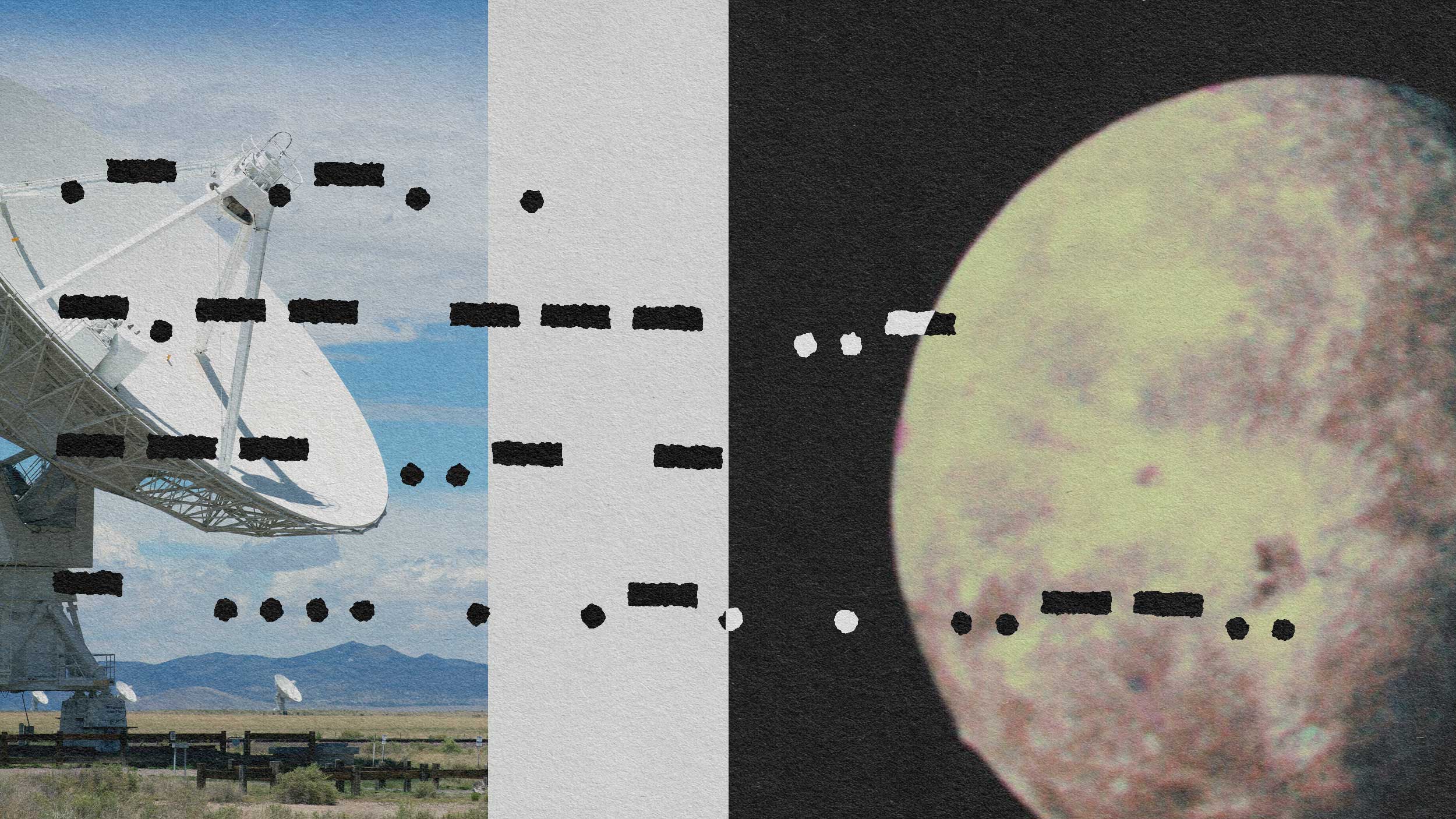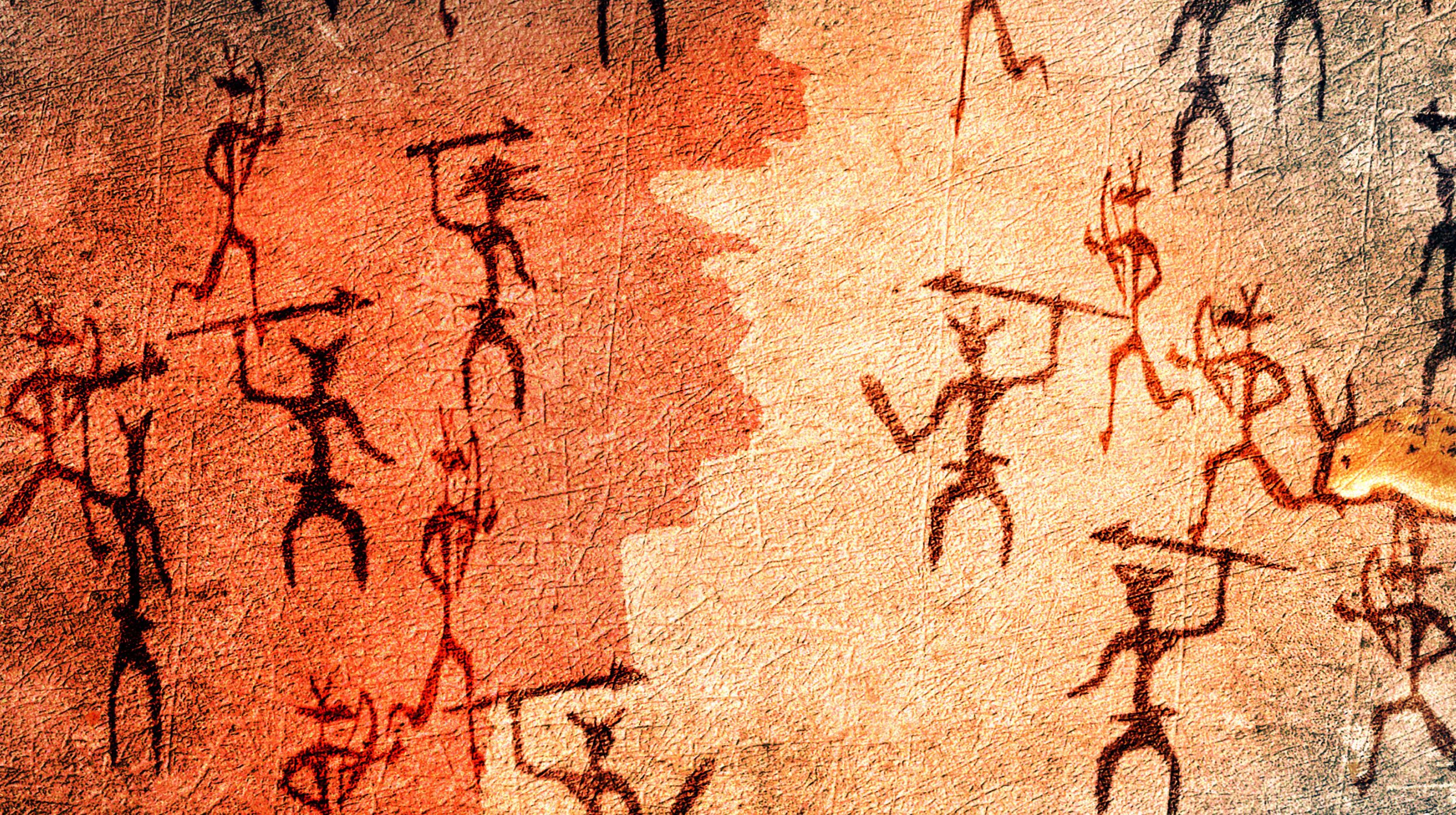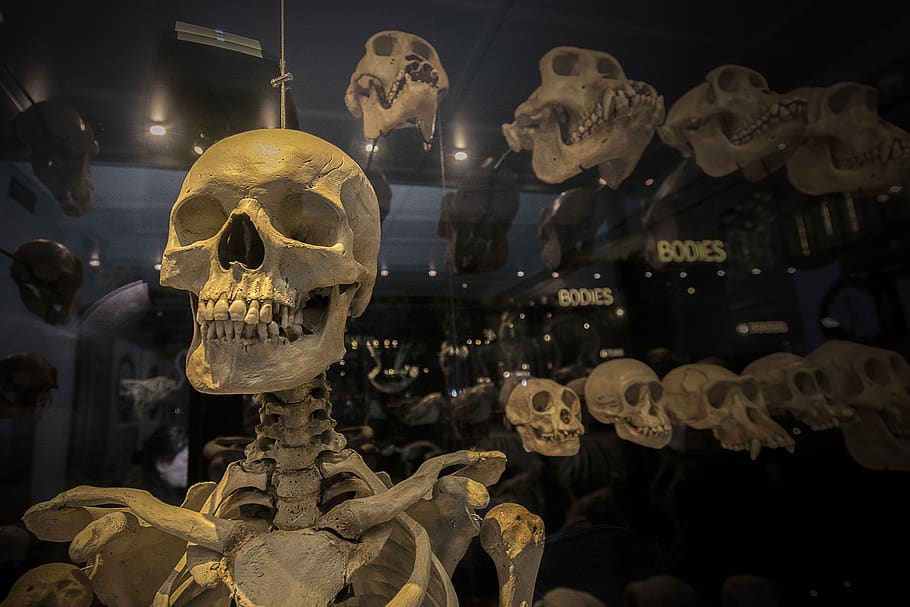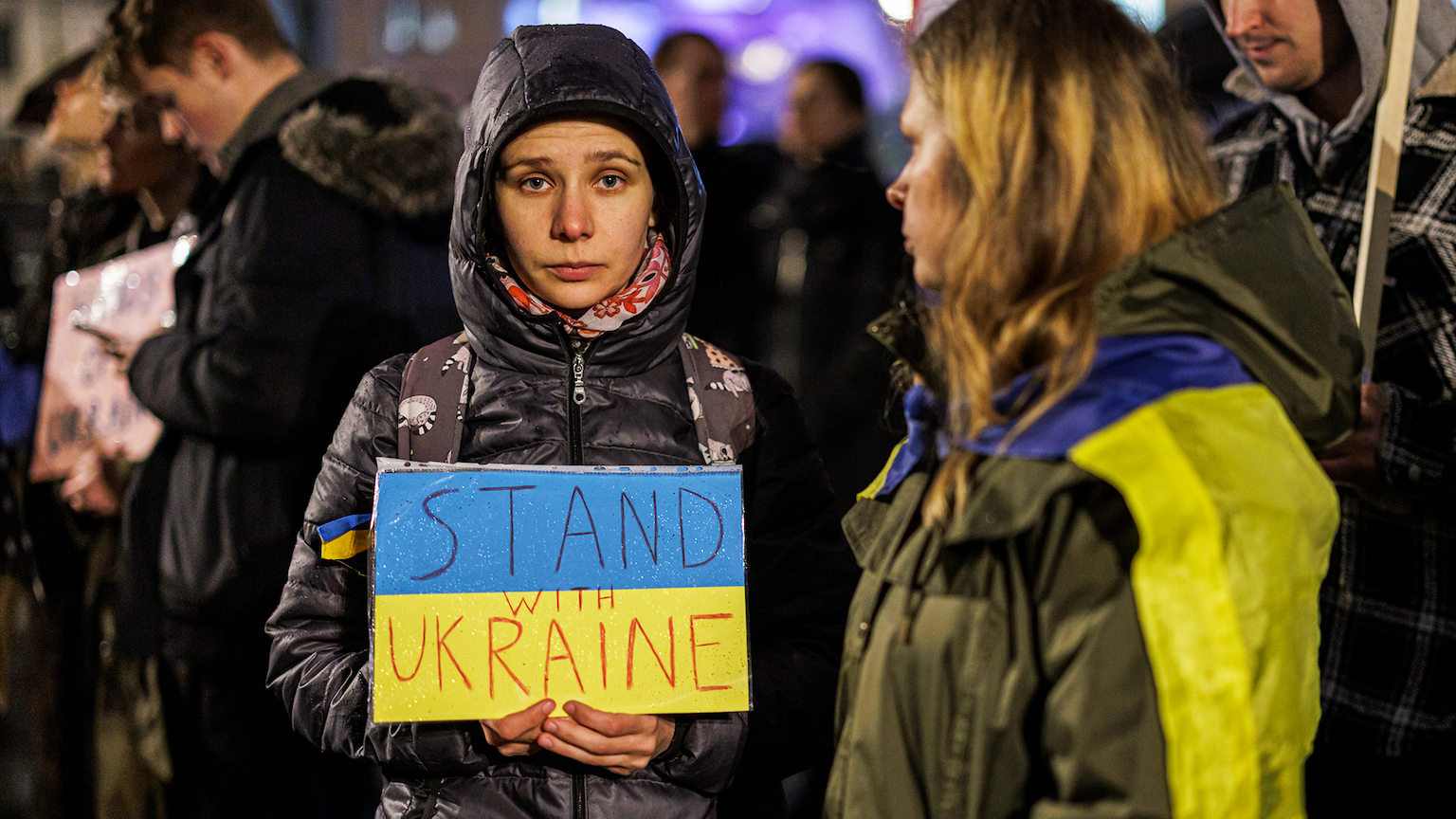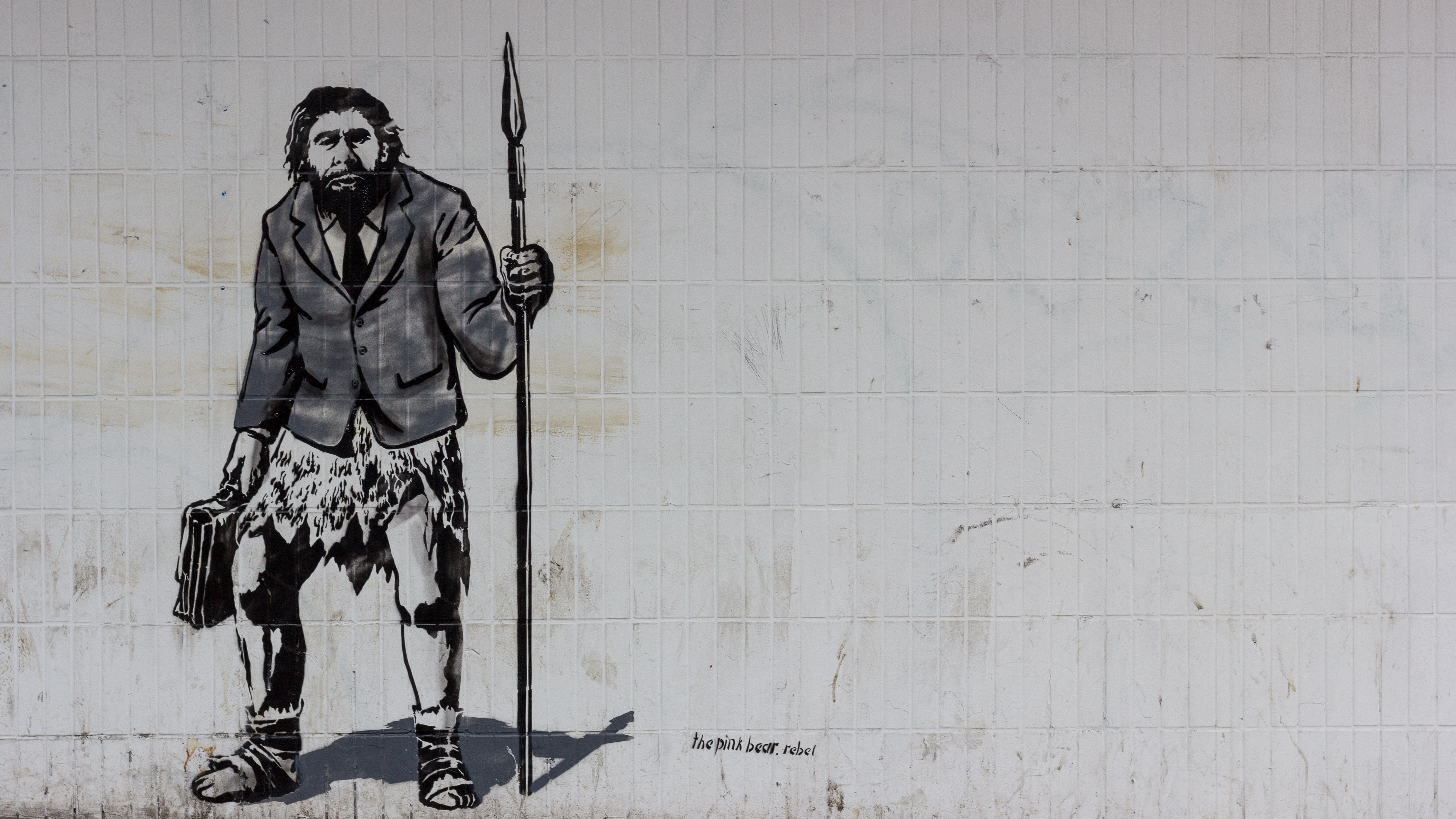War and peace
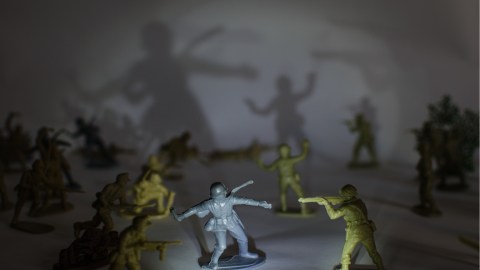
Are human beings at root good or evil, or a mixture of both? Working out where evil tendencies come from is a theological as much as an anthropological task, since theologians and scientists both have a stake in such explanations.
For centuries, theologians have argued about whether humanity, made in the image of God, was totally erased at the Fall, and hence at root basically corrupt and evil, thus standing in perfect need of God’s grace. Or was that image was merely defaced, in such a way that God’s grace could add to and perhaps even work with the human nature with which we are endowed? Leaving aside philosophical views that deny that human nature exists, it is fascinating to work through and witness how such debates are played out in the secular world. Further, we can ask ourselves, in what sense might it be true that our human distinctiveness is related to our innate tendency toward evil and sin? We may be highly distinct in our ability to show long-term compassion, for example, but what about tendencies toward different forms of evil and violence?
The practical implications of such theological debate are clear, ever since Jean Jacques Rousseau, who believed that at root human beings were peaceful, and Thomas Hobbes, who argued in favor of humanity’s fundamental violence, set the stage for very different political theories. While organized “warfare” seems the next logical step after violence, Hobbes assumed that without an enforcing sovereign power, there is an inevitable “war of everyone against everyone.”[1] For him there is, in the absence of the state, a situation of “continuall feare, and danger of violent death; And the life of man, solitary, poor, nasty, brutish, and short.”[2]
Hobbes intended his hypothesis to be a universal theory, rather than reflecting the historical origin of the state. At the same time his hypothesis depends on empirical assumptions about human nature. For all people, Hobbes suggests, the situation of being in government is necessary to create a settled and peaceful order. Was he correct?
Evolutionary biologists Peter Kropotkin and Thomas Henry Huxley sided with Rousseau and Hobbes, respectively. The Rousseau-Kropkin paradigm proposes that humans are basically peaceful, and any tendencies for violence and war is a very much later cultural event, premised on patriarchal ideology, settled living, or perhaps even lethal technologies. The Hobbes-Huxley paradigm rejects any notion of the “noble savage” and argues that violence was a positive adaptive strategy in evolutionary terms. In this model, human violence has deep evolutionary roots, and is resonant with aggressive and violent behavior in chacma baboons and chimpanzees.
Of course, theologically one could argue that the concept that humanity was basically peace-loving is mirrored in the theological image of the garden of Eden, though it would become almost impossible to press for a completely violence-free existence in the way that the Edenic mythology implies. Violence is far too integrated into biological existence to press such a claim, even though cooperation also exists alongside such negative tendencies. Indeed, biologists argue that aggression and limited violence is necessary for survival, so should not be portrayed in a negative light. Most scholars agree that both aggression and the ability to judge whether engaging in fighting would bring more benefits than costs is more or less universal among social animals, involving higher conserved endocrine pathways that go further back in evolutionary time than the lowest common ancestor of Homo and Pan.[3] Even more aggressive animals show a preference to avoid initiating fighting unless the costs are low and the benefits are high.
What about humans?
So are humans basically violent or not? The answer seems to be both yes and no. Humans have a high propensity for proactive aggression, which is shared with chimpanzees. However, unlike chimpanzees, but more like bonobos, humans have a low propensity for reactive aggression.
Proactive aggression is a purposeful and planned attack with an external or internal reward as the goal and often with low emotional arousal and it is usually carried out when the attacker perceives that the reward will be high and the relative costs low. Bullying, stalking, ambushes, and premeditated homicides fall into this category.[4] Reactive aggression is a response to either threatening circumstances or frustration, and is associated with anger, a failure in cortical regulation, and may involve switching between targets. Wolves are the only non-primate mammal to engage commonly in coalitionary killing against adults of its own kind.
In Angels of Our Better Nature, Stephen Pinker proposes that warlike tendencies in humans have declined through history, and gives dozens of examples to back up his case from early hominin evolution, hunter-gatherer research, and evolutionary psychology.[5] Many of these examples cannot be substantiated. Brian Fergusson teases apart every example that Pinker gives for violent prehistory and finds almost all cases wanting in terms of direct evidence.[6]
Some scholars believe that war is a human universal that has remarkable resonance with chimpanzee behavior, and peace rather than war had to be invented. Other scholars believe that war is a specific human invention, and while there are some similarities with chimpanzee behavior, war and chimpanzee aggression need to be much more carefully distinguished. Further, peace-making evolved simultaneously with war mongering, rather than the former being subsequent to the latter.
Pleistocene beginnings
Hunting in Pleistocene contexts is broadly thought to be a preliminary phase to killing their own kind. The perception of other humans as less than human and in the same category as other animals is likely to have been particularly significant in encouraging emergent warfare. Cannibalism shows up in early Pleistocene, but also becomes more common in late Pleistocene. Other behaviors, including headhunting, torture, rape, and mutilation also accompany warfare in culturally prescribed ways and vary widely between different societies. Perhaps most important to note is the observation from peace theorist Johan Galtung, that different symbolic means are used in order to justify or legitimize a whole host of forms of human violence, to make such actions “feel right” or at least not wrong.[7]
Archaeological evidence looks for a whole package of signatures that indicate warfare. Such lines of evidence include trauma on skeletal remains, defensive architecture and settlement, deliberate destruction of property, specialist equipment such as armor and weapons, and iconographic depiction.[8] A survey of available data, however fragmentary, suggests that highly organized and complex warfare was only visible in the archaeological record after the Upper Paleolithic.[9]
Language use is also thought to have developed earlier than originally expected, so around 500,000 years ago, well before the advent of anatomically modern humans, suggesting that language is a pre-requisite for warfare. The overall conclusion of evolutionary anthropology is that the cognitive advances that made it possible to collaborate and cooperate also opened the door to organized violence and warfare, but then simultaneously the ability to make peace.
These results are significant theologically as they imply that vice is a distorted virtue, which is of course what classic philosophers and theologians suggested centuries ago. The very gifts that we have been given as human beings opens the door to the possibility of more extreme forms of evil and violence. At the same time, theologians, unlike evolutionary scientists, are prepared to press for the transformation of the human person toward the good as an aspirational goal.
If humanity is to make progress in the moral and spiritual life as well as in its material existence, it needs to recognize that its natural tendency toward evil is both the result of a gift and a curse. The mystery of why evil exists at all will always remain, but at least evolutionary anthropologists can assist theologians in working out and acknowledging the puzzles about what it means to be human.
Sources
[1] Karl Widerquist and Grant S. McCall, Prehistoric Myths in Modern Political Philosophy (Edinburgh: Edinburgh University Press, 2017), Prehistoric, p. 36.
[2] Thomas Hobbes, Leviathan: or the Matter, Forme and Power of a Commonwealth, Ecclesiasticall and Civil [1651] (New York: Collier Macmillan, 1962), p. 100.
[3] Michael L. Wilson and Luke Glowacki, ‘Violent Cousins: Chimpanzees, Humans, and the Roots of War,’ in Chimpanzees and Human Evolution, edited by Martin N. Muller, Richard W. Wrangham and David R. Pilbeam (Cambridge/Mass: Belknap/Harvard University Press, 2017), [464-508], p. 466.
[4] J.C. Babock, A.L.T. Tharp, C. Sharp, W. Heppner, M.S. Stanford, ‘Similarities and Differences in Impulsive and Premeditated and Reactive/Proactive Bimodal Classifications of Aggression,’ Aggression and Violent Behavior 19 (2014).
[5] Steven Pinker, The Better Angels of Our Nature: Why Violence Has Declined (New York: Penguin, 2011).
[6] R. Brian Fergusson, ‘Pinker’s List: Exaggerating Prehistoric War Mortality’, in War, Peace and Human Nature: The Convergence of Evolutionary and Cultural Views, edited by Douglas P. Fry (Oxford: Oxford University Press, 2013): pp. 112-131.
[7] Johan Galtung, ‘Cultural Violence,’ Journal of Peace Research 27, no. 3 (1990), p. 291 [291-305].
[8] Nam Kim and Mark Kissel, Emergent Warfare in Our Evolutionary Past (New York: Routledge, 2018), pp. 64-65.
[9] Kim and Kissel, Emergent Warfare, p. 113.
The post War and Peace appeared first on ORBITER.
